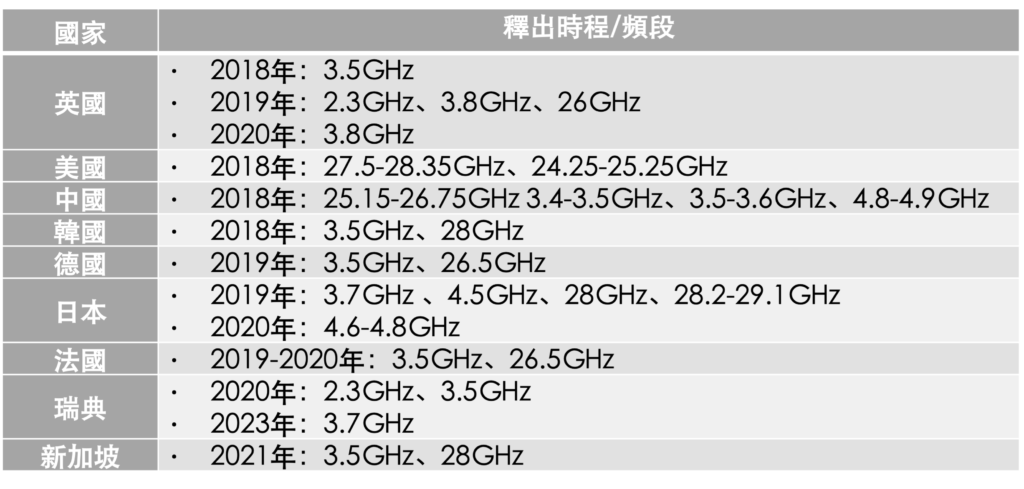Industry Trend Report|5G Communication Market Trends and Challenges
Environmental Direction and Policy Guidance
Global mobile communication originated from the AMPS system developed by AT&T and Motorola in 1983, which became the most popular analog mobile phone technology. In the 1990s, GSM/CDMA/PDC were developed as the second generation of digital cellular communication systems, featuring call, SMS, and low-speed data transfer. After 2000, it evolved to the third generation of UMTS/CDMA2000/EV-DO mobile communication system, which is a cellular mobile communication technology that can support high-speed data transmission. unlike the previous two generations of mobile communication systems that only provide voice services, the third generation of the system can also provide broadband applications such as data on the Internet, video and audio multimedia, which announced that cell phones have entered the era of high-speed data transmission. in 2004 Japan In 2004, Japan's NTT DoCoMo first proposed the LTE architecture for fourth-generation mobile communication systems. The standard was finalized at the end of 2008 after extensive industry discussions, and data transmission services began to be provided from 2009 onwards, as the use of Orthogonal Frequency Division Multiple Access (OFDMA) combined with Multiple-Input Multiple-Output (MIMO) antennas to increase the range of wireless services, enabling the fastest possible transmission rate of up to 1Gbps. In 2012, ITU-Radiocommunication, a division of the International Telecommunication Union (ITU), launched the "IMT for 2020 and beyond" project. The WP5D working group was set up to discuss the fifth generation of mobile communication technology and frequency band standards, and each country will confirm its frequency band standards and technical specifications at the 2019 World Communication Conference, and commercialized network services will be launched from 2020 onwards. On the other hand, the governments of countries with advanced ICT technologies are very concerned about the development of 5G, and have stepped up their efforts to plan and complete the preparation and release of frequency spectrum, and have started the spectrum bidding process since 2018, as listed in Table 1, mainly based on the early planning of local spectrum resources, and at the same time, thinking about the deployment of spectrum requirements for future commercial applications.
Table 1: 5G Spectrum Release Schedule in Major Developing Countries

Source: Office of Scientific and Technical Reporting










